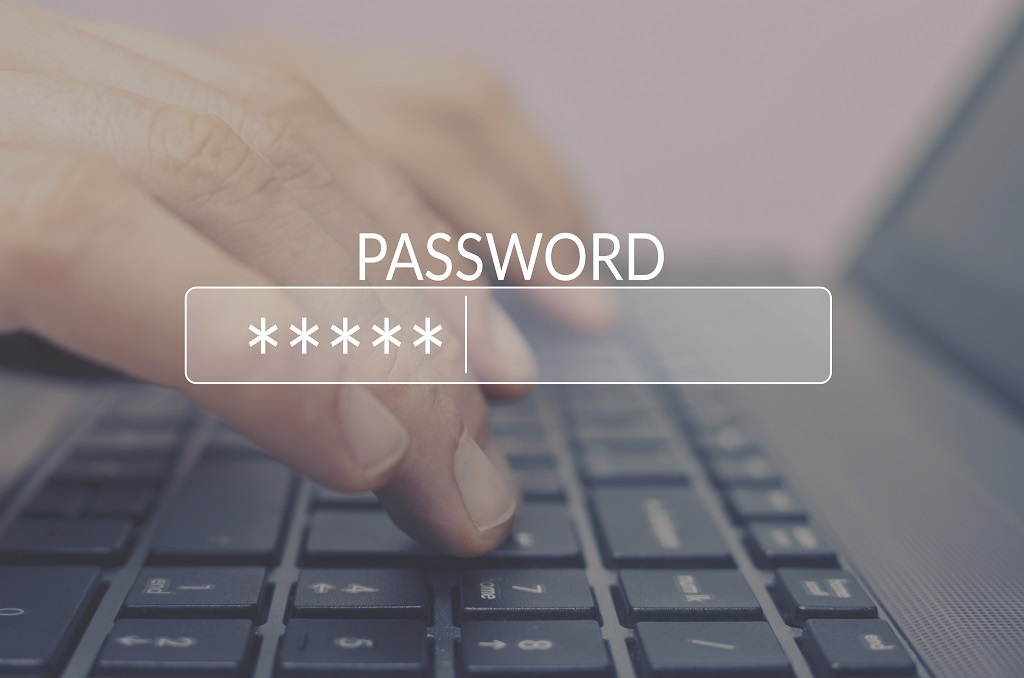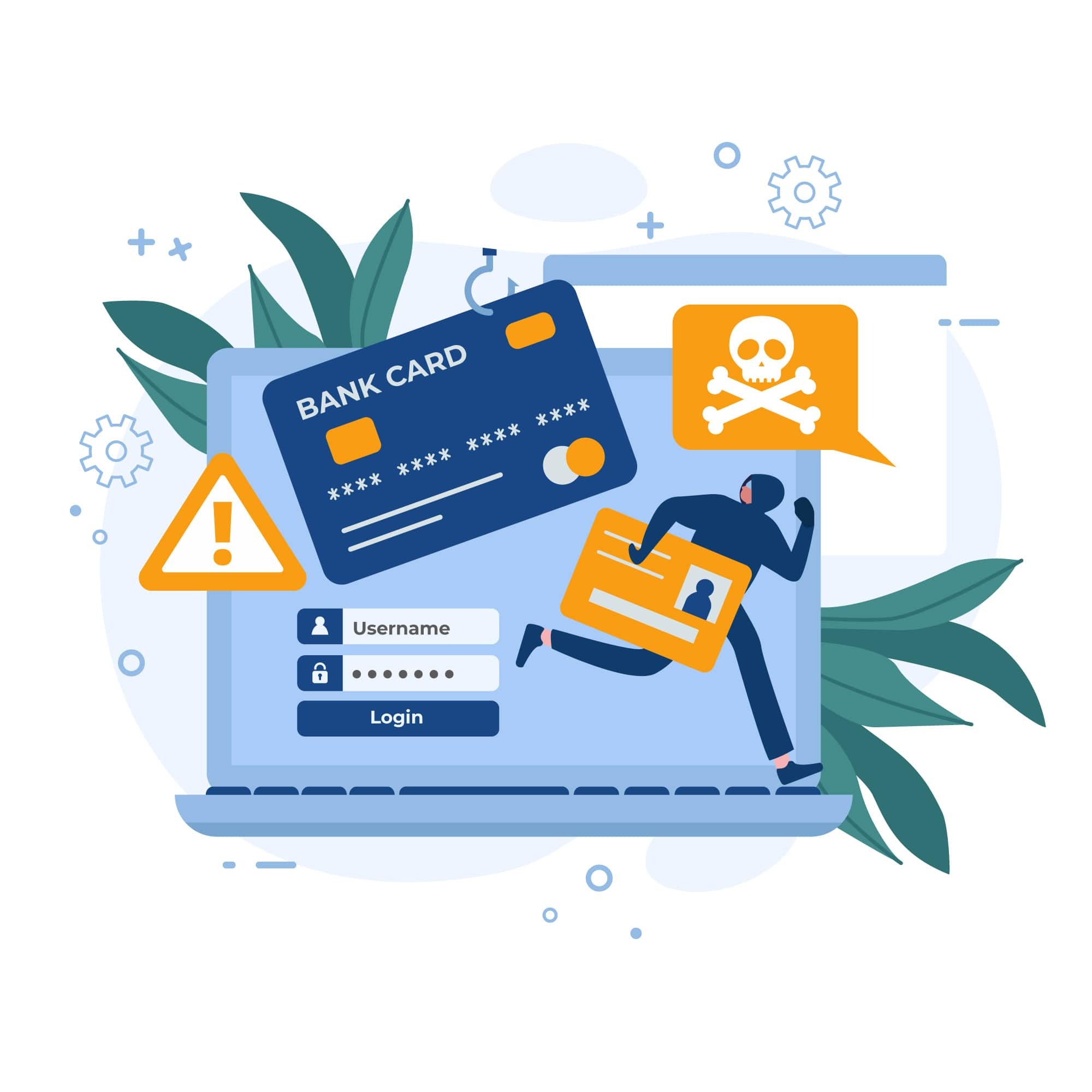
How To Share A Password Securely: Do’s, Don’ts, And More
A key principle of password security is keeping your passwords to yourself—but sometimes, sharing them is unavoidable. Whether you’re using a family login, joint business account, or anything in between, taking the proper measures to share your password securely is essential.
This page will tell you everything you need to know about how to share a password securely, send a password securely, and all the do’s and don’ts you’ll want to keep in mind along the way.
Do’s and don’ts to send a password securely
Before we dive into how to share a password securely, let’s cross off the don’ts. While some of these strategies may seem convenient in the short term, they can lead to many long-term challenges—and leave sensitive information compromised.
The Don’ts:
- Send passwords by text message or email. Plain text messages can easily be intercepted, searched, and located in your phone database. From your saved text messages to your email inbox, sent folder, and even trash folder, these communication channels simply aren’t secure. More often than not, sending a password over them can backfire.
- Write passwords on a piece of paper. Not only are papers easy to lose or misplace—they’re also easy for others to find. Whether you leave your password sticky note in your desk drawer, stuck to your monitor, or clipped onto your wall, there’s nothing secure about something another person can walk away with.
- Share them over social media or messaging apps. Similar to text and email, any messaging or social media platform with private messaging poses a security threat. These messages aren’t protected, and leaving your accounts logged in on multiple devices across multiple browsers leaves doors open for bad actors to search your message histories and steal your passwords.
- Store passwords in digital notes apps. You may think your notes app is better than a physical sticky note, but the truth is that note-taking applications aren’t secure, either. Avoid saving your passwords on these non-secure apps if possible.
- Save them in spreadsheets. Spreadsheets might be convenient for organization and collaboration, but they’re also easy to access across multiple devices—and they’re not encrypted, either. The more you share a password spreadsheet with others, the greater the risk you incur.
The Do’s:
- Look for helpful tools. When it comes to learning how to send a password securely, there are many cybersecurity tools that can help. Reliable tools designed to facilitate safe password sharing offer the features below—and all of them can help you share a password securely.
- Use end-to-end encryption. The ideal way to share a password securely is to use a solution with automatic, end-to-end encryption. As you send your password securely, it remains encrypted the entire time—allowing nobody to view it in transit or on the cloud or server. Then, the recipient will decrypt the password with a private user key, keeping it secure the whole way through.
- Consider using a password manager. Beyond more basic cybersecurity tools that help you check your password strength or store your passwords securely; a full password manager solution can facilitate safe password sharing by enabling you to do the following:
- Set sharing permissions. As you send a password securely, you can also set permissions for viewing, editing, and resharing. At times, you may need to provide others with more than just viewing access—but keeping every user to the minimum capabilities possible is always smartest from a security standpoint.
- Track your sharing history. As you learn how to share a password securely, another useful strategy is to track your sharing history. Many password managers enable this by storing information on every password you’ve shared—edits, shares, dates of modification, and version histories. Secure history logs can’t be modified, so if anyone does make a change to your passwords, you’ll know immediately.
As you learn how to share a password securely and send a password securely, keep these do’s and don’ts in mind. Learning how to share a password securely is essential—but doing so will only be effective if your password is secure in the first place. Contact us today and speak with a security expert to learn more about passwords and other security measures as they relate to your website and digital assets.





